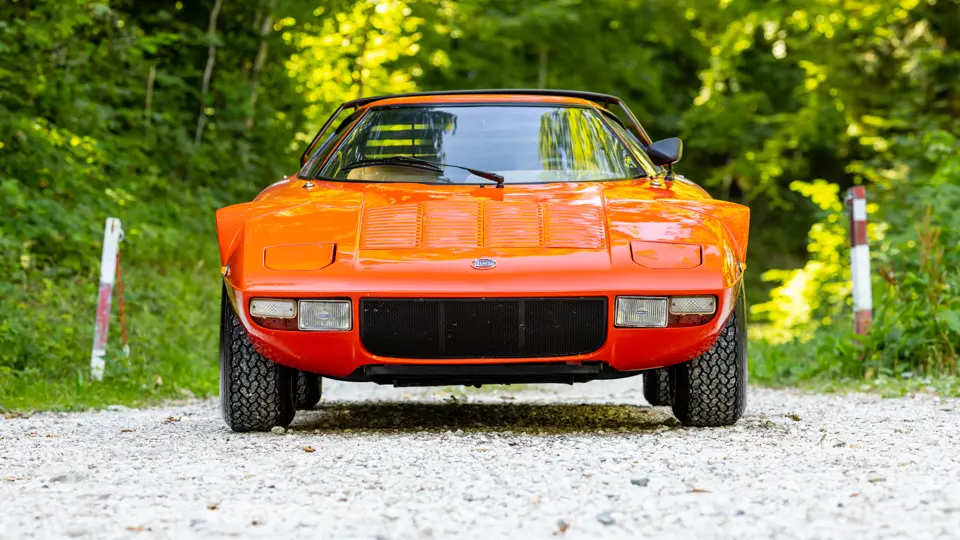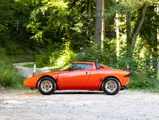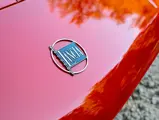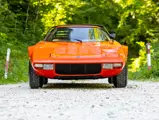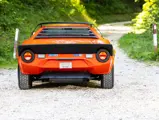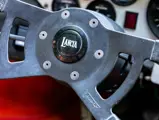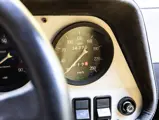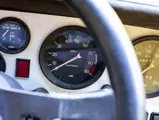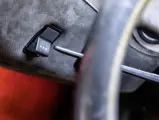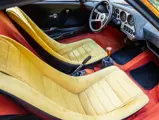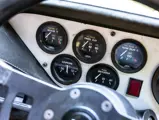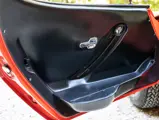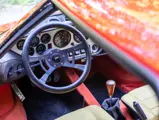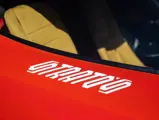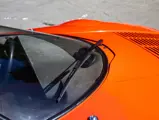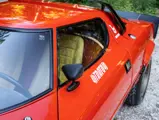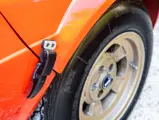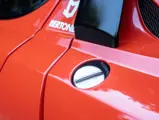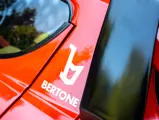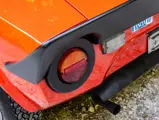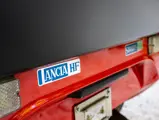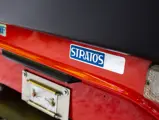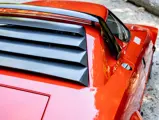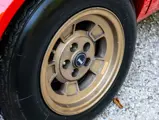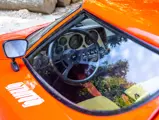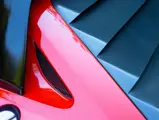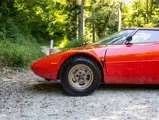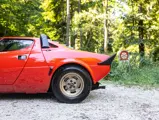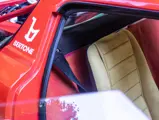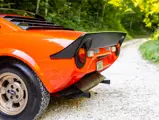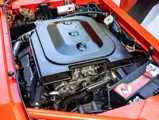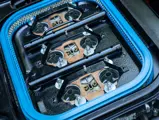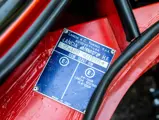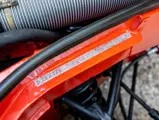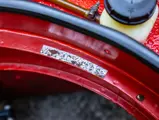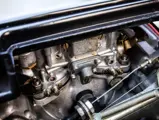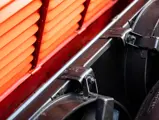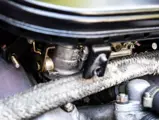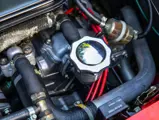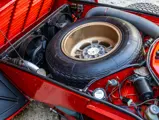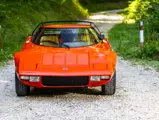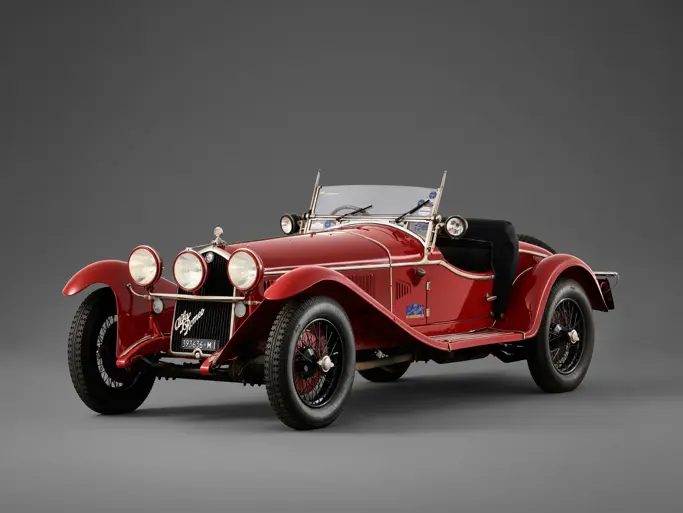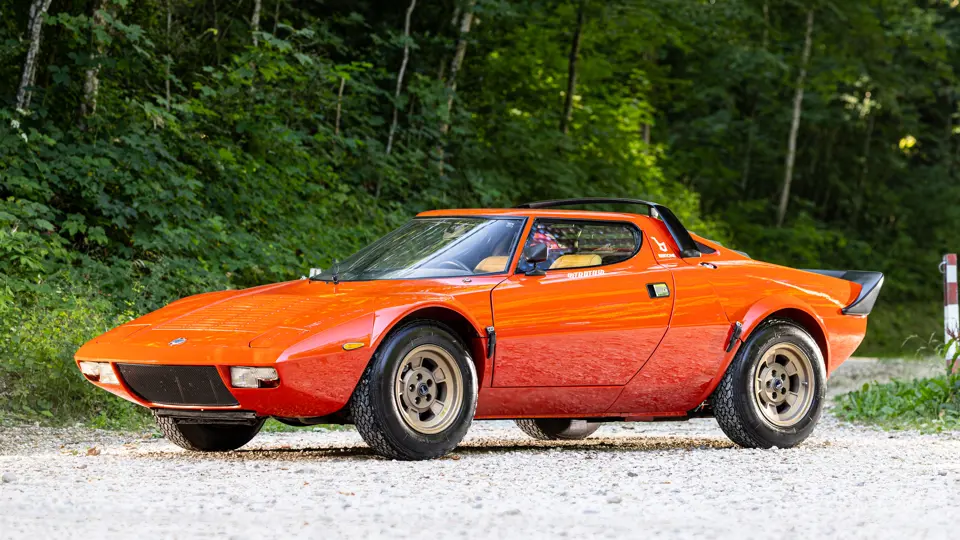
1975 Lancia Stratos HF Stradale by Bertone
{{lr.item.text}}
CHF600,000 - CHF700,000 | Not Sold
{{bidding.lot.reserveStatusFormatted}}
- One of the most successful rally cars ever created, and the first model purposefully designed to compete in the World Rally Championship
- One of just 492 examples built between 1973 and 1975
- Powered by a 190-horsepower 2,418 cc V-6 engine mated to a five-speed manual gearbox
- Finished in Red-Orange over a “Havana” Alcantara interior, with complementary bronze Campagnolo alloy wheels
If ever there was a successful meeting of form and function, it was in the Lancia Stratos. Bertone’s striking Stratos Zero concept wowed showgoers when the curtain was pulled back at the 1970 Turin Auto Show. And it impressed again when it arrived at Lancia’s factory gates, where it was so low and sleek that it reputedly drove under the barrier, to rapturous applause from gathered workers.
Among those who found themselves picking their jaws off the floor were Lancia PR Director Sandro Fiorio and his son, Cesare, the firm’s rally chief. The pair lobbied Managing Director Ugo Gobbato to adopt the futuristic new model for competition. Thankfully, the former Maranello man approved—on the condition that the car be powered by a mid-mounted Ferrari V-6 and five-speed manual gearbox, ostensibly to keep a lid on development costs.
Styling of the ground-breaking new model was trusted to Bertone’s Marcel Gandini. He brought the concept to life in spectacular fashion, with a taut, dart-like body crowned by a vast wraparound windscreen. When the bright orange Stratos HF prototype made its debut in Turin just a year after the Zero concept had broken cover, it was recognised as being the first ever automobile to be purposefully built to take on the World Rally Championship.
Initially campaigned as a prototype, it wasn’t until 1974 that the Stratos began its assault proper on the World Rally Championship, following the welcome delivery of 500 2.4-litre Ferrari V-6 engines in the wake of the 246 GT’s retirement. The timing couldn’t have been better, with Lancia obliged to build 500 road-going examples of the Stratos in order to homologate the model for Group 4. By the time production ended in 1975, it is thought that 492 examples had passed through both Bertone’s Grugliasco factory and Lancia’s Chivasso plant.
In the glittering career that followed, the Lancia Stratos HF secured three back-to-back World Rally Championship Manufacturers’ titles from 1974 to 1976. It would go on to win the Drivers’ Championship the following year as a privateer entry at the hands of Sandro Munari, and won the Rallye Monte-Carlo as late as 1979.
A home market example, chassis “1666” was delivered to its first owner in Padova on 22 May 1975, at a time when the Stratos was at the height of its World Rally Championship powers. Perhaps inspired by the exploits of Darniche, Munari, and Waldegård, its first owner is reported to have lost control of the car during a spirited drive in 1976, hitting a tree and causing irreparable damage to the chassis. According to an accompanying statement by classic car broker Andrea Sirtoli—who spoke with the second owner—the car was rebuilt by the local Lancia dealer on a new chassis, though one without a stamped serial number. By the time the Stratos had been inspected again, on 14 January 1977, the chassis bore the number 51921/76.
This remarkable supercar was retained until 1986, when it passed to its second owner, who in turn sold the Stratos to a fellow Nell’Emilia resident in 1994. A decade later the car passed sequentially through the hands of marque specialists Key Sport and the owner of Autoieri, before being sold on 16 February 2007. By 17 November 2008, the Stratos had been exported from Italy, and is thought to have passed through the hands of owners in Monaco and Germany before entering Switzerland in 2008. The Stratos was later sold at an auction in Gstaad on 29 December 2018, prior to which the car had been registered under its original chassis number of 829ARO001666.
The Stratos HF offers an almost irresistible combination of innovative Lancia engineering, striking Gandini styling, and potent Ferrari power plant—not to mention the model’s astounding success at the very top level of motorsport. That the car was built in such vanishingly small numbers only adds to its enduring appeal, making any opportunity to put one in your garage worthy of serious consideration.
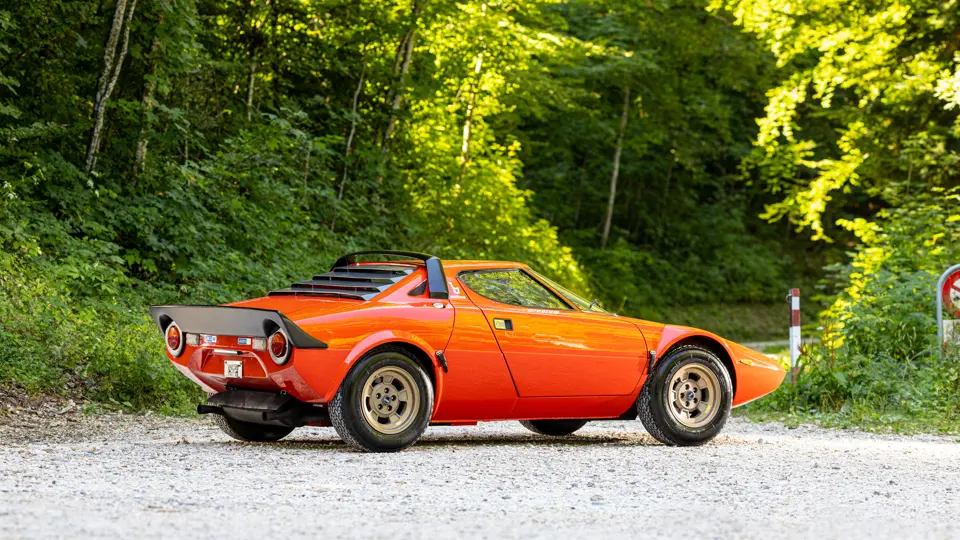
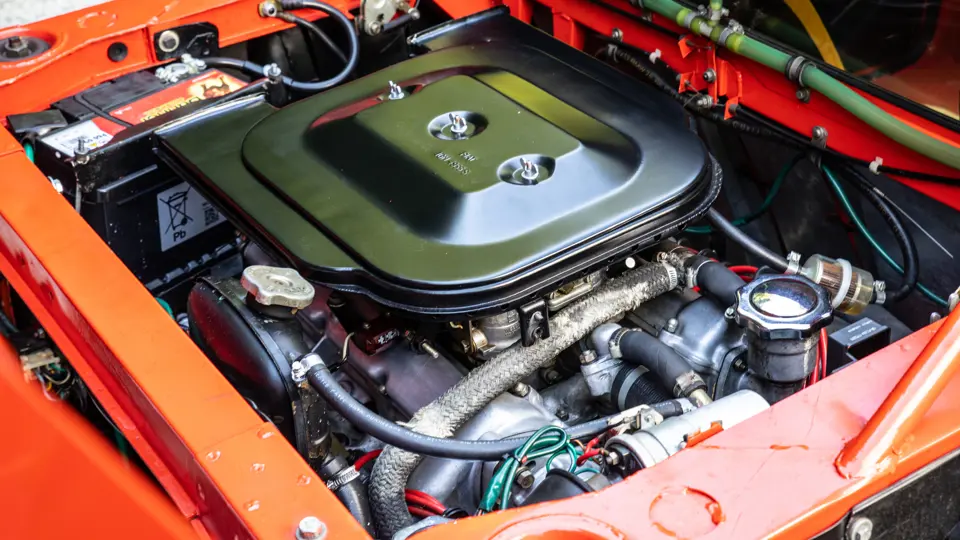


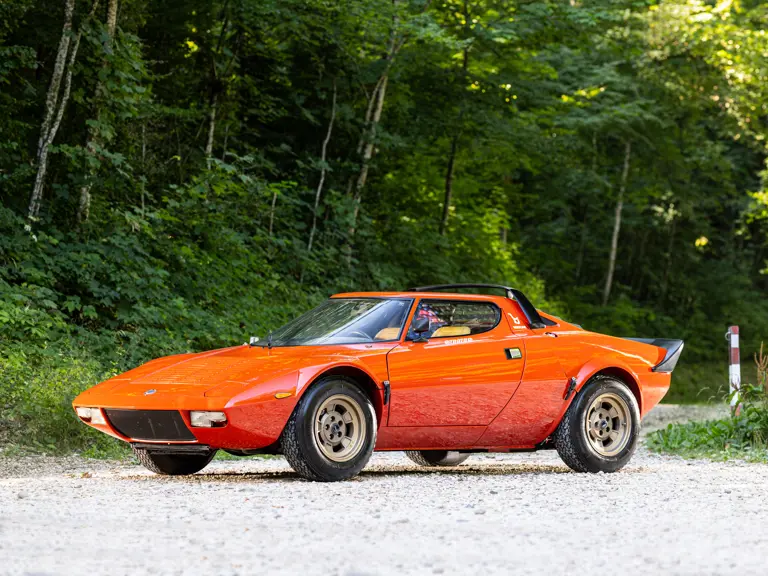
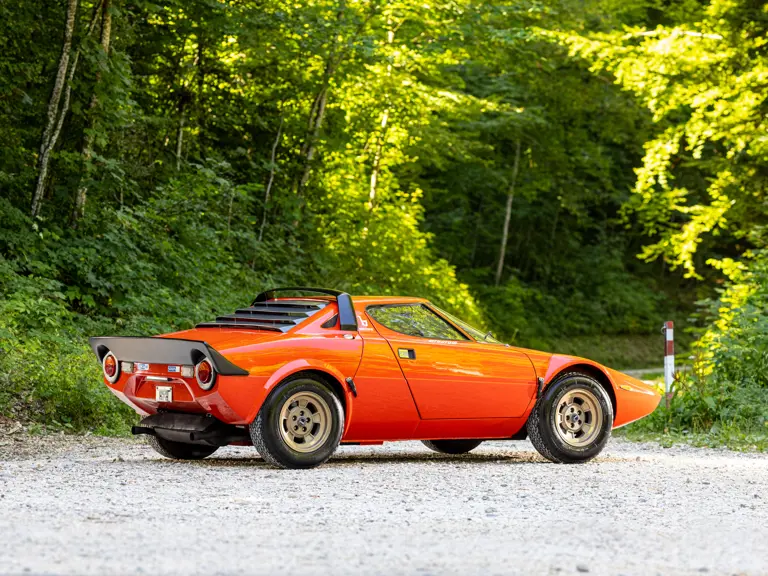
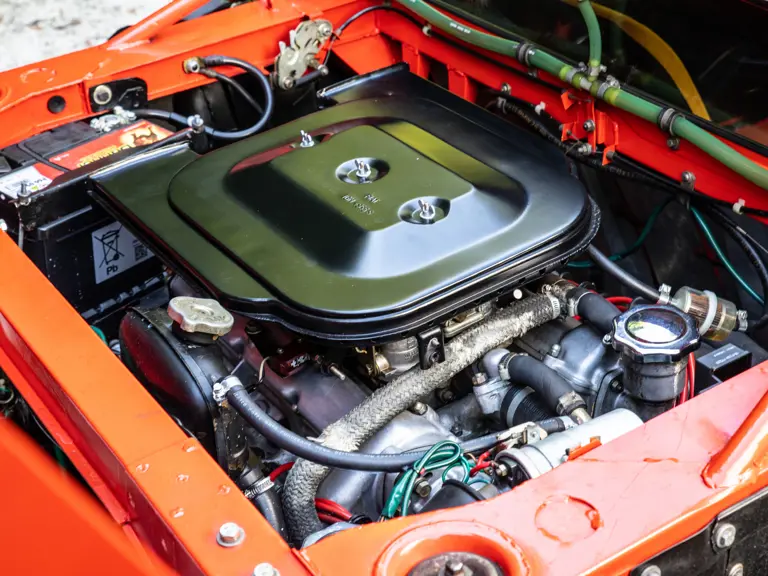
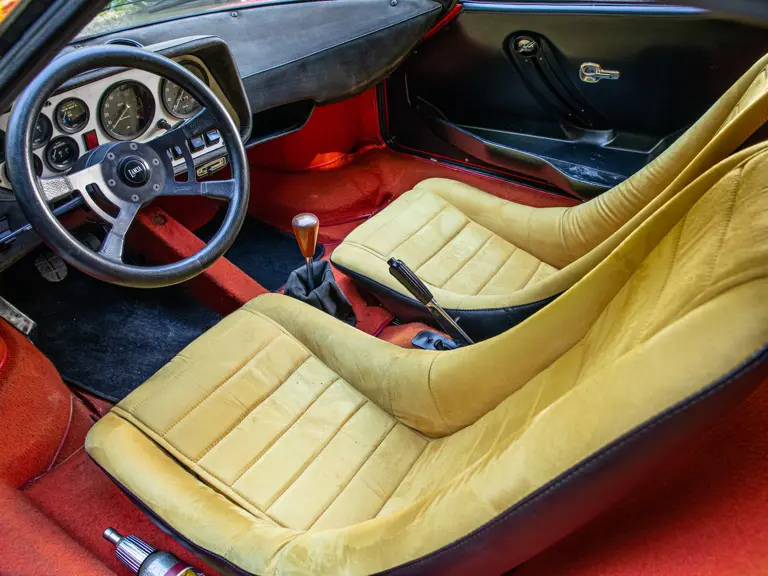


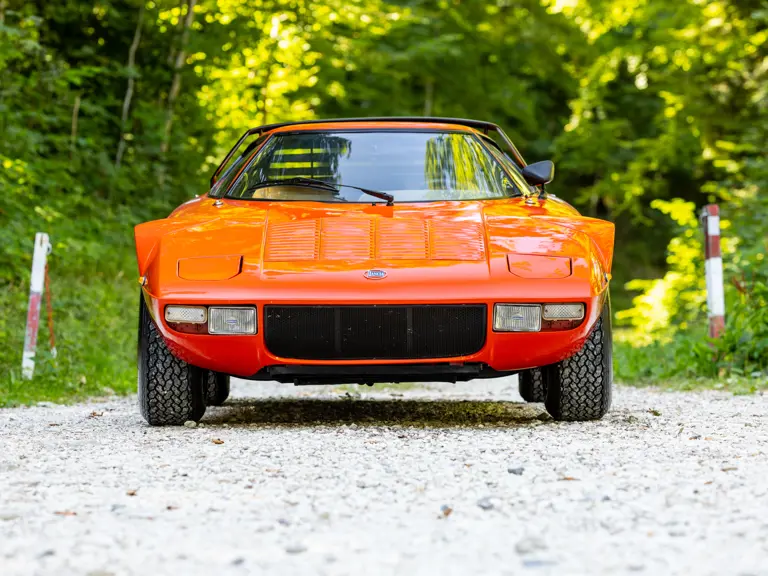
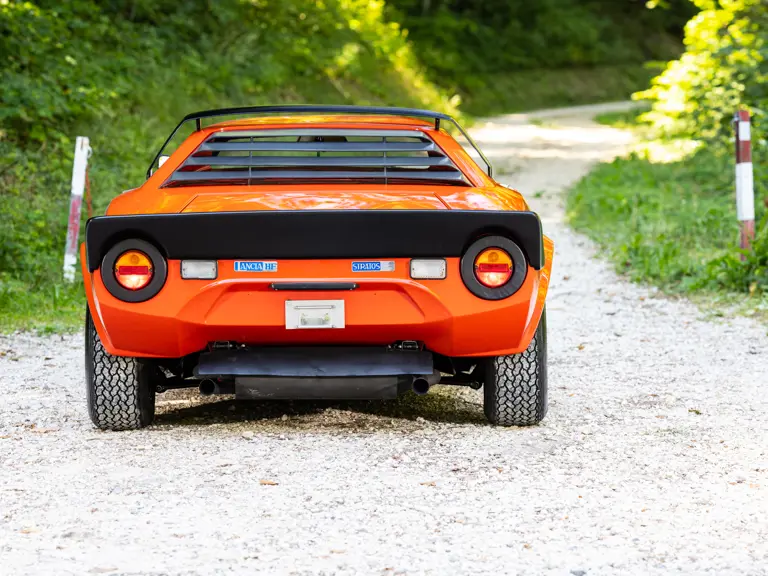
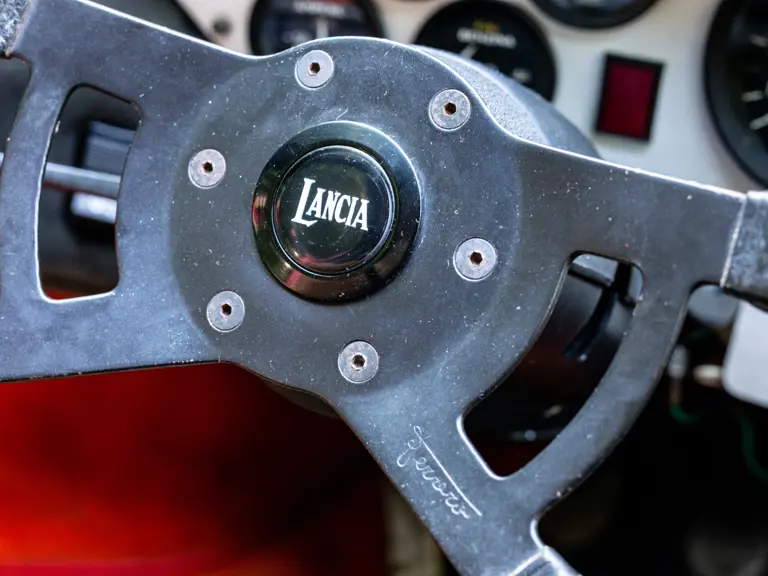
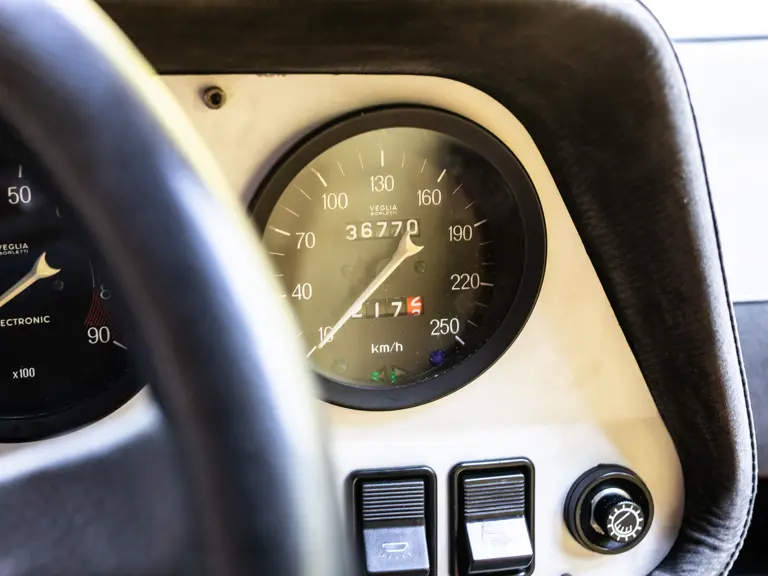
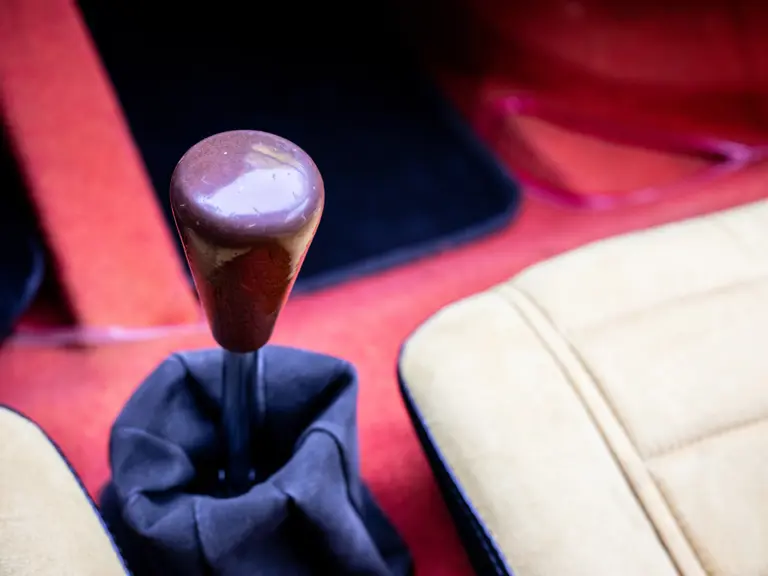
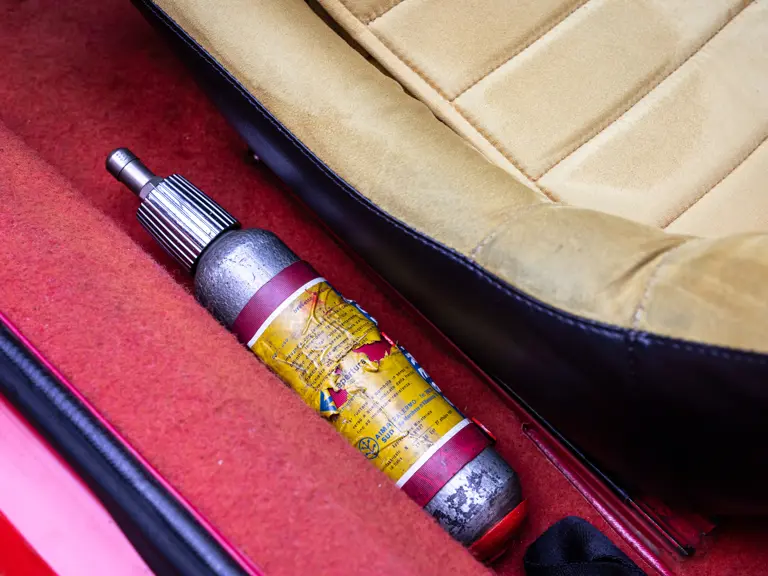
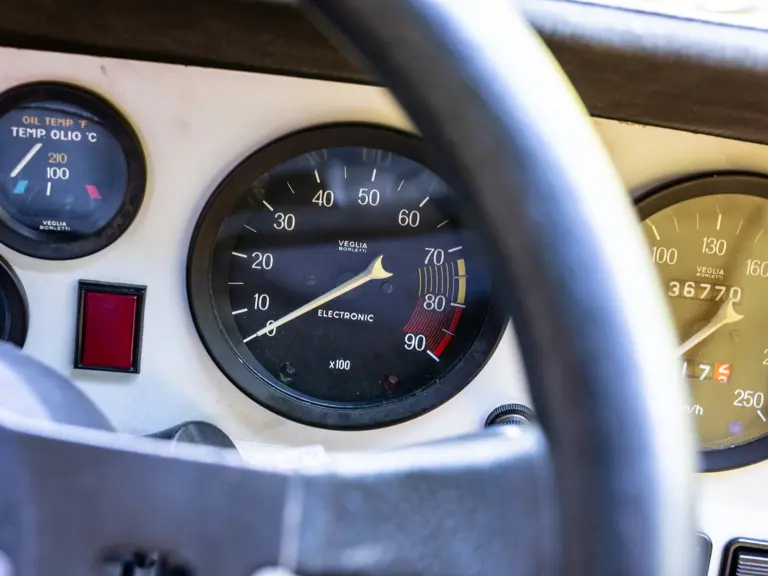
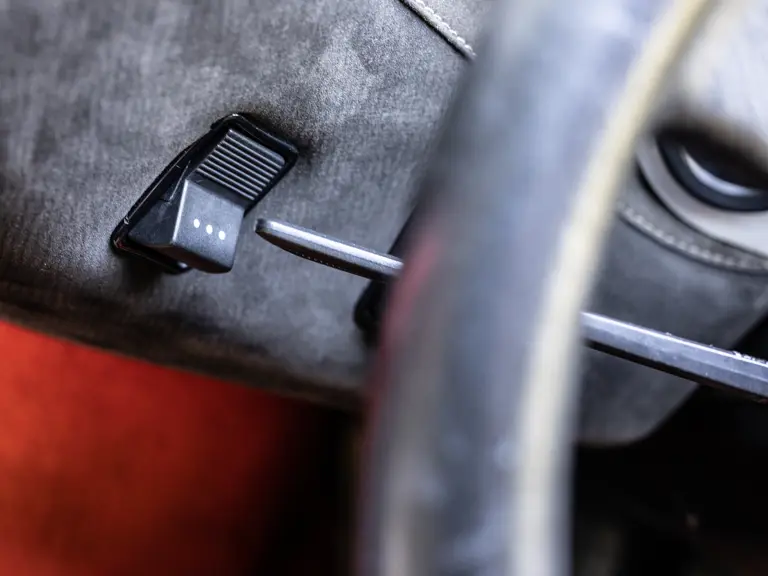

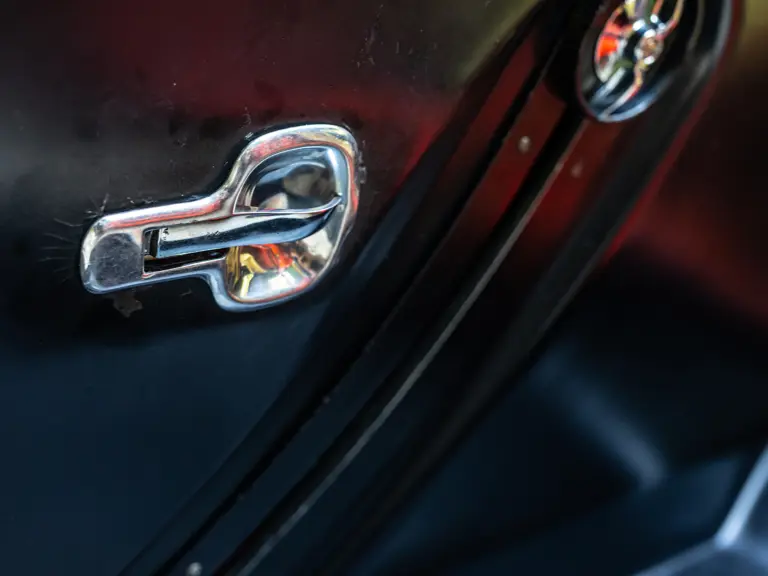
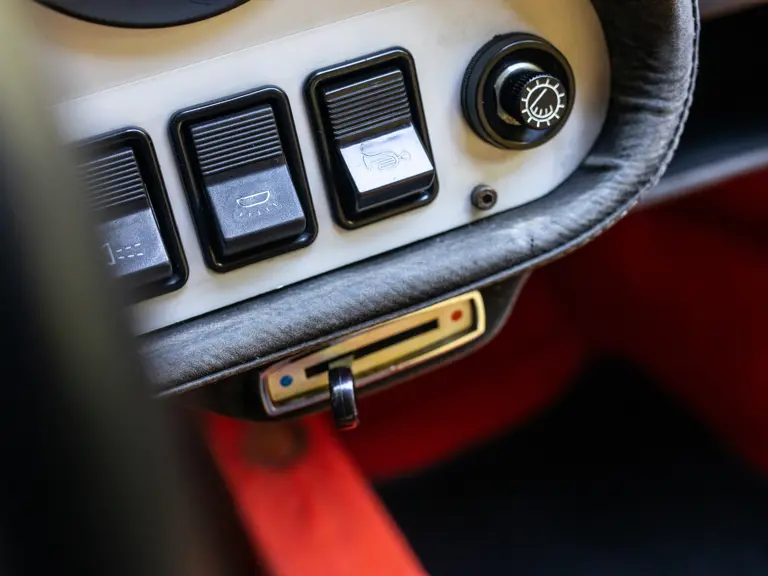
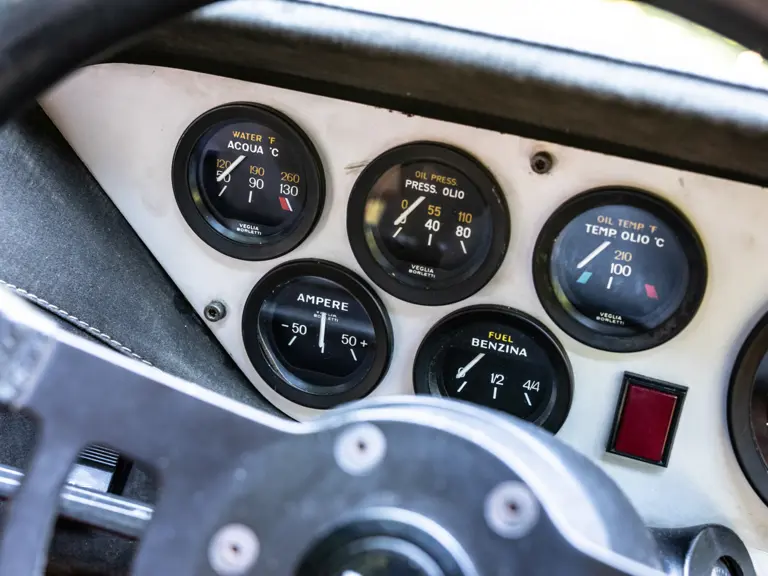
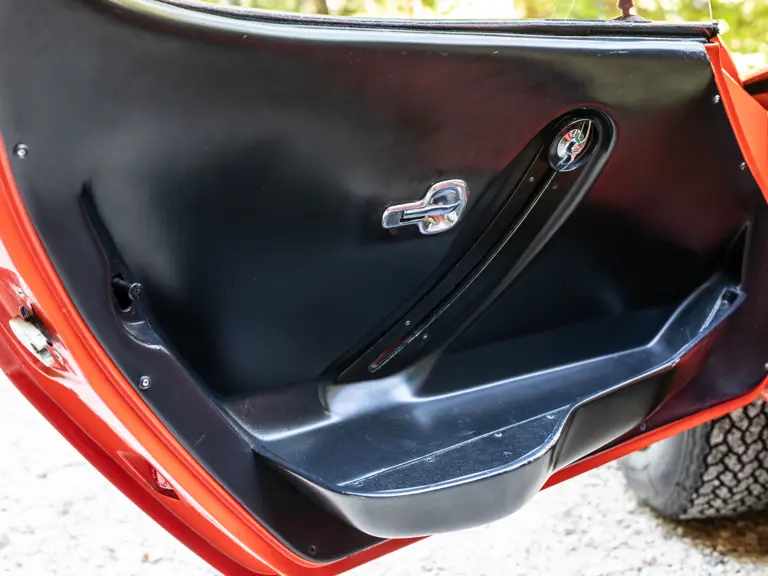
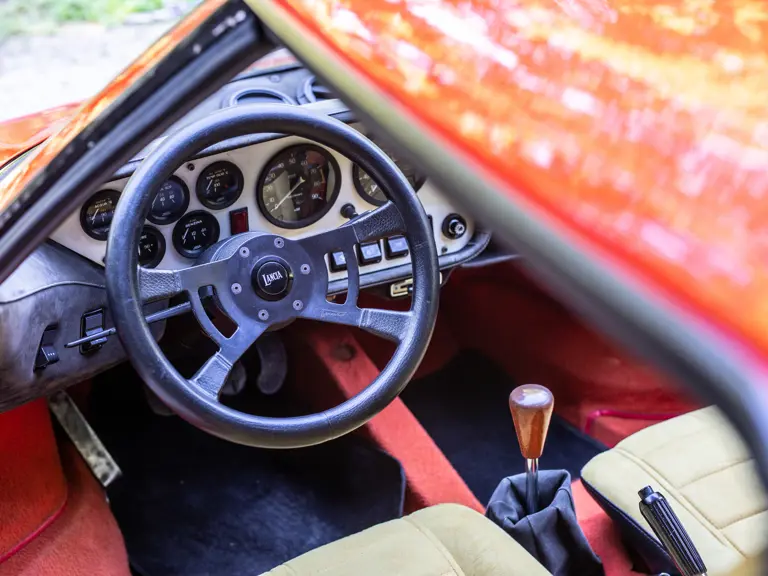
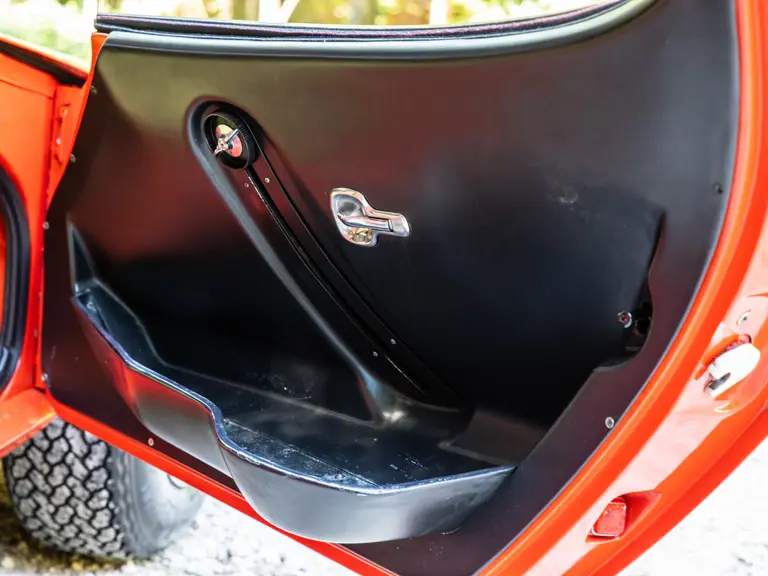
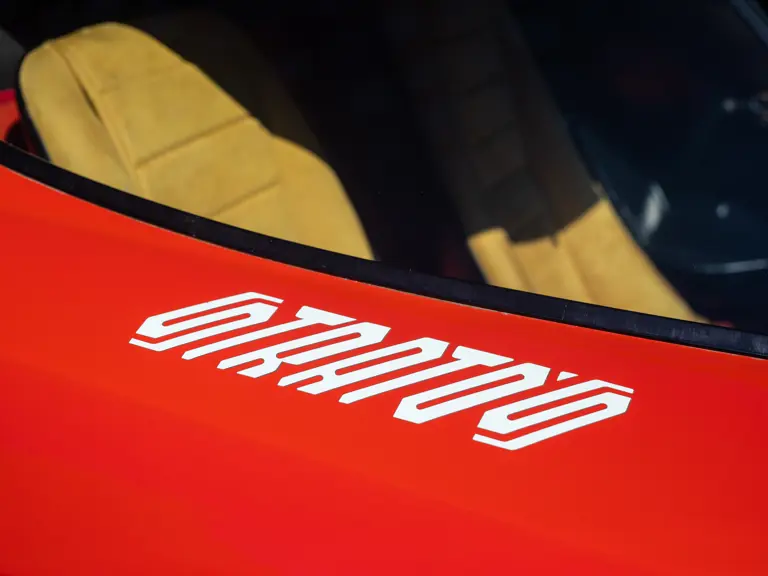
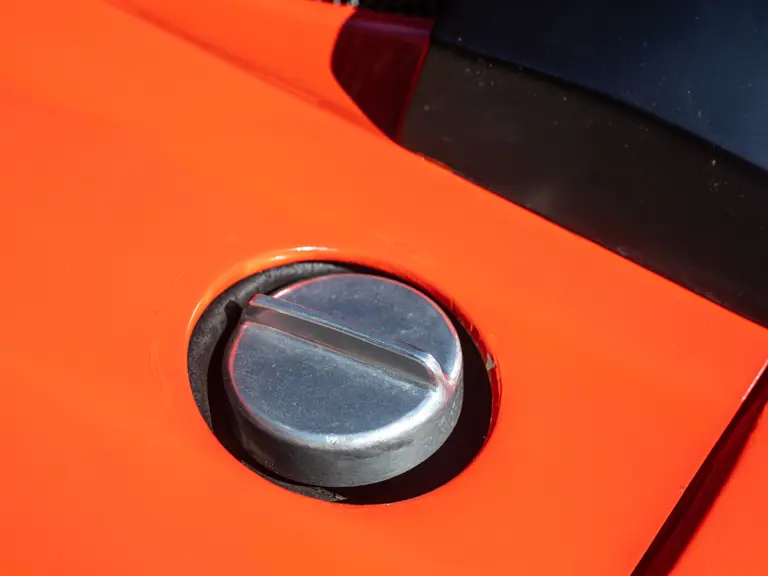
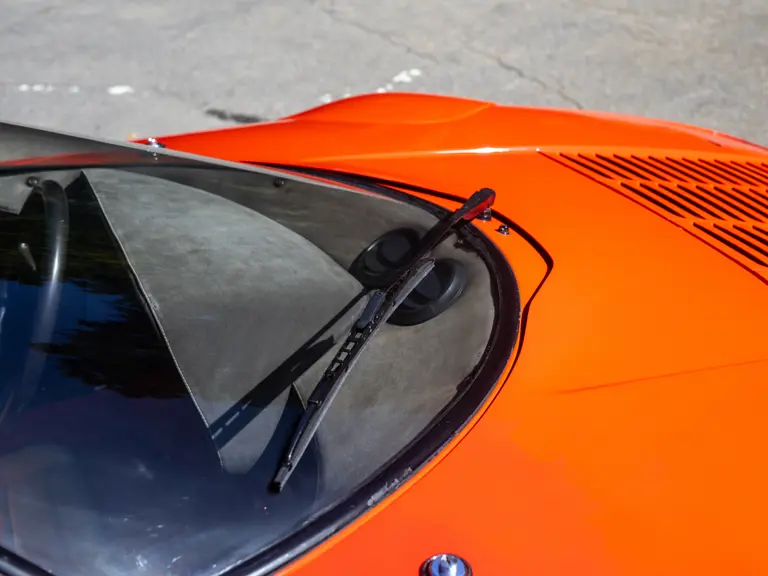
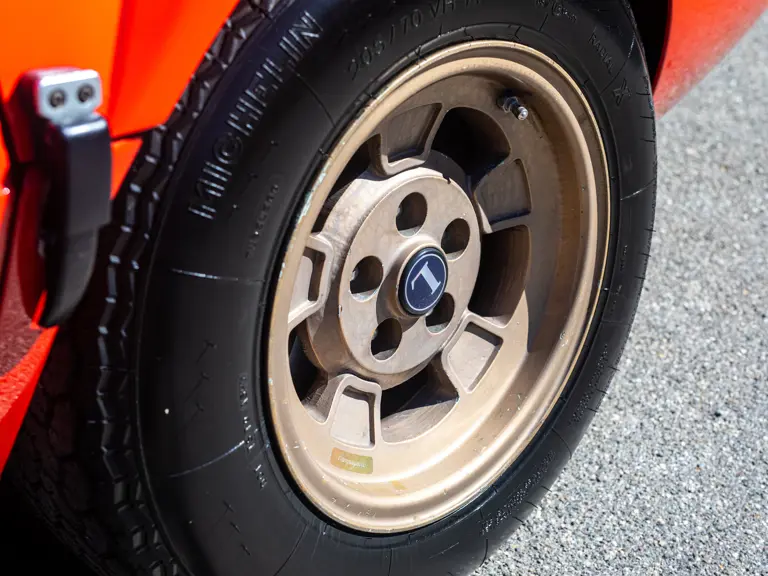
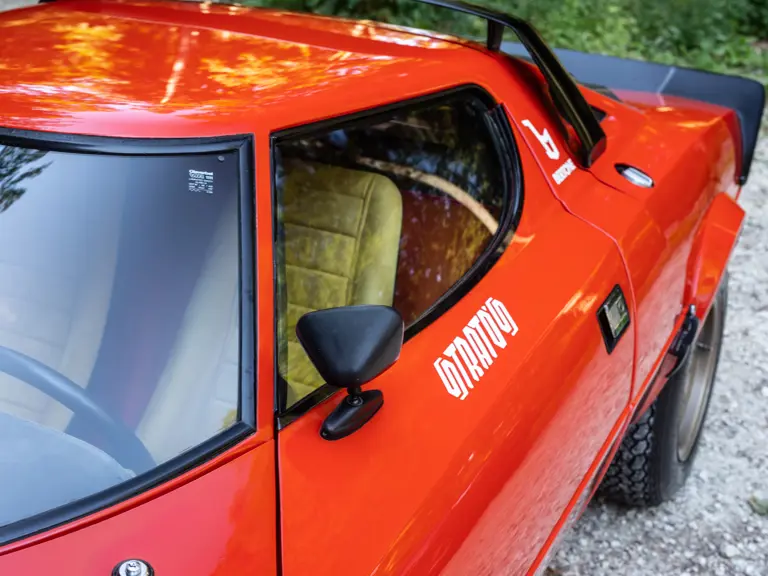
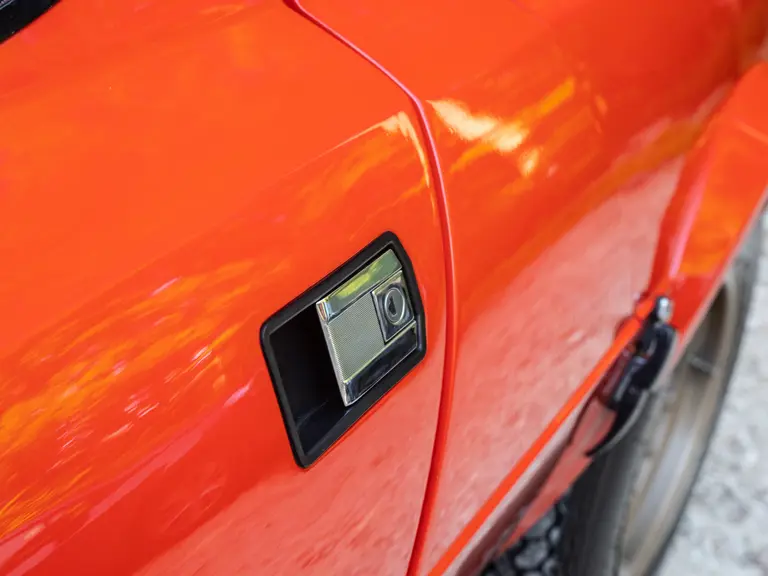
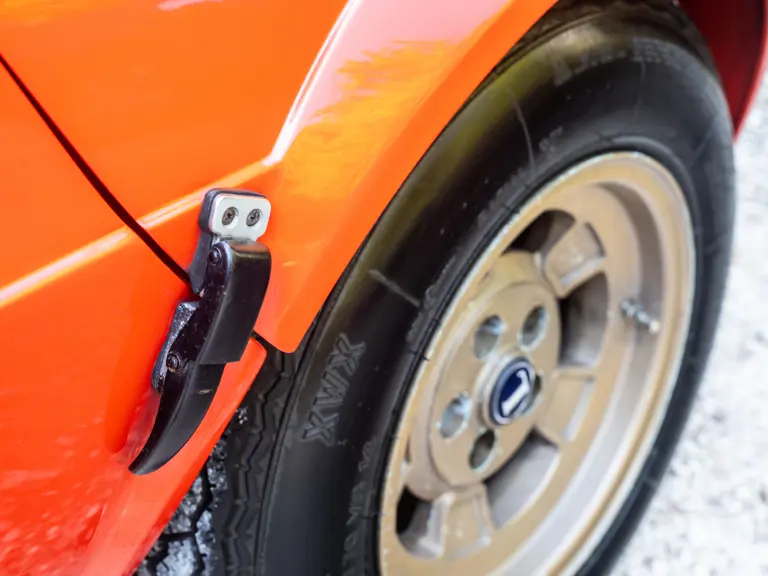


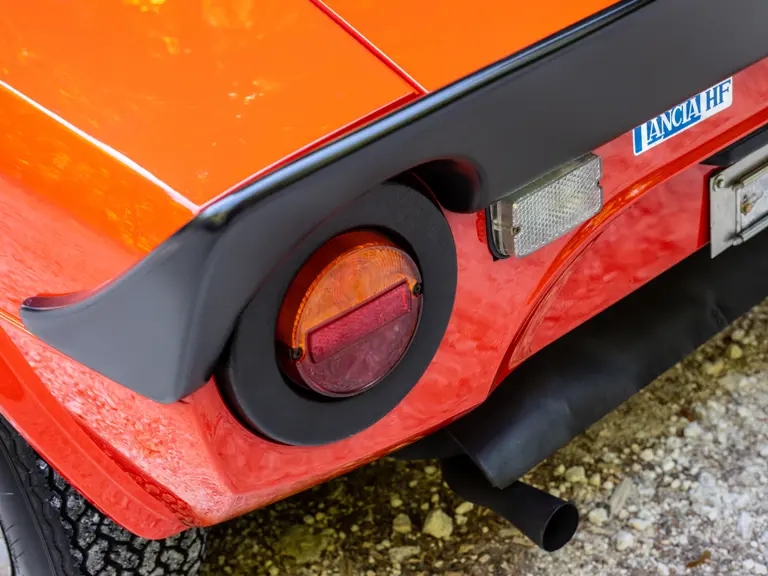
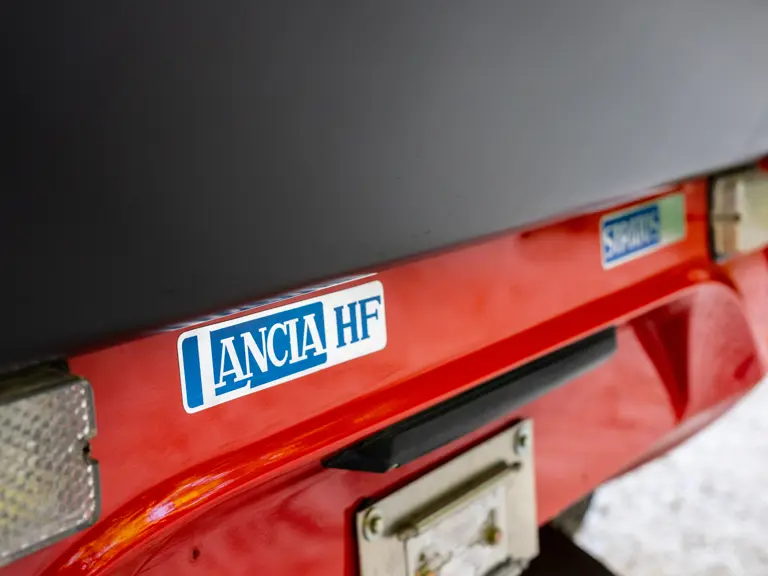

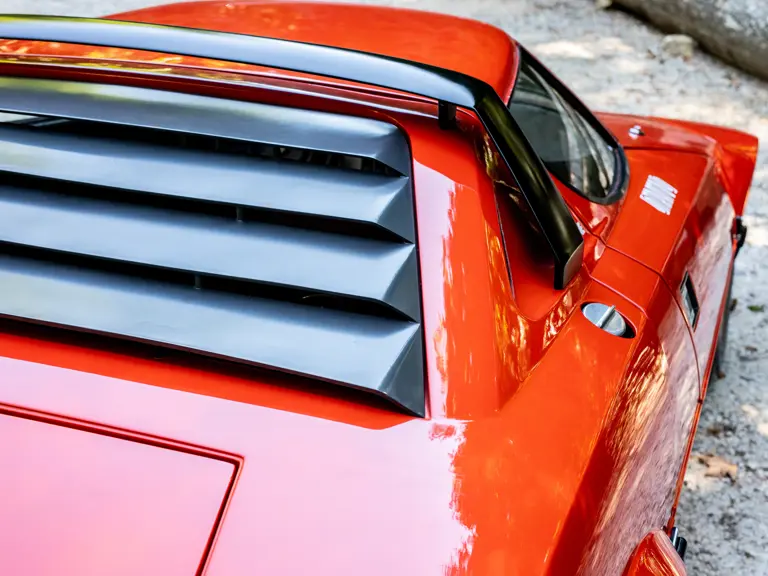
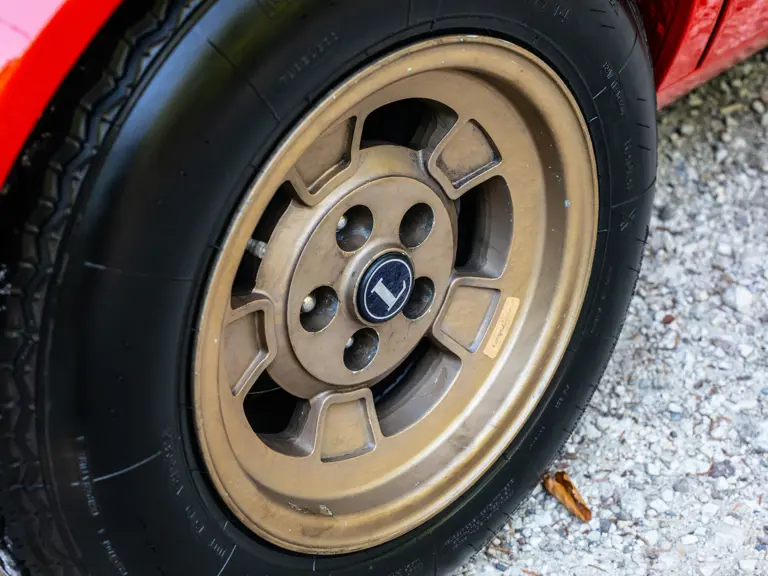
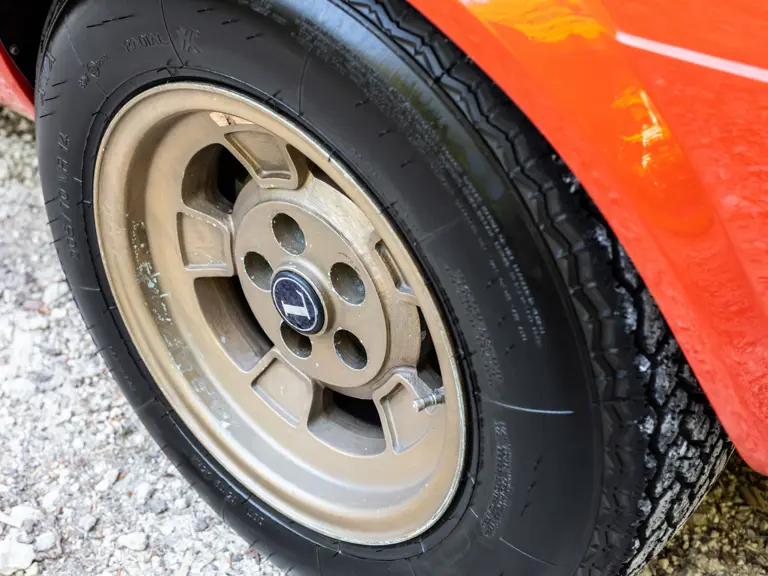
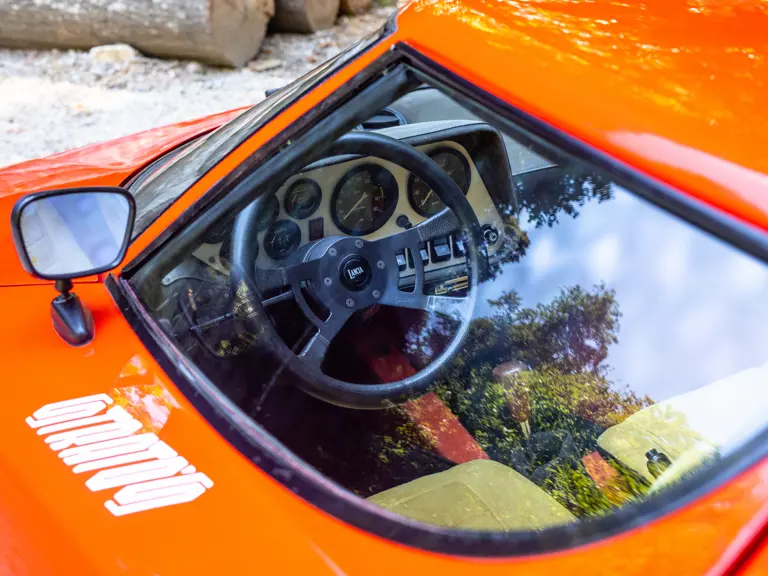
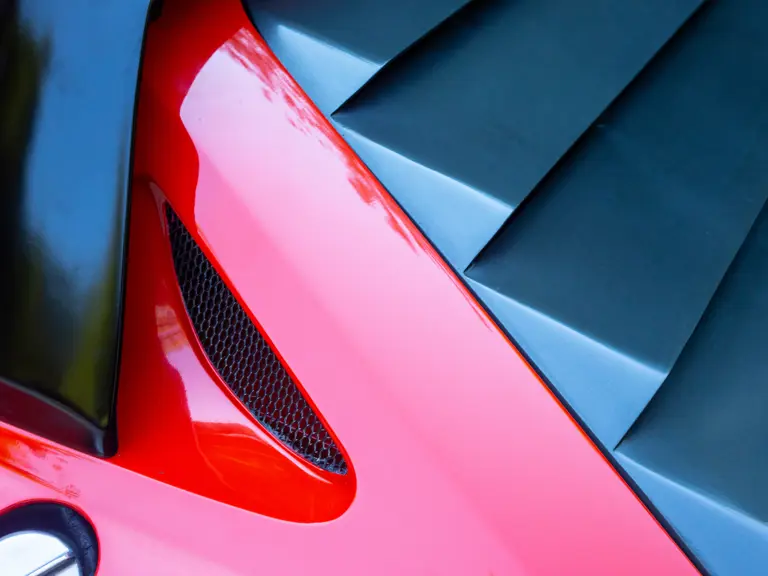


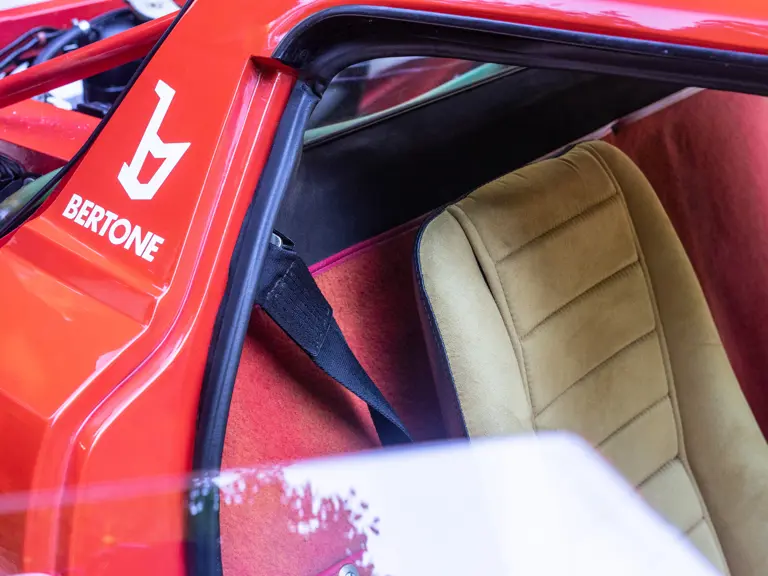
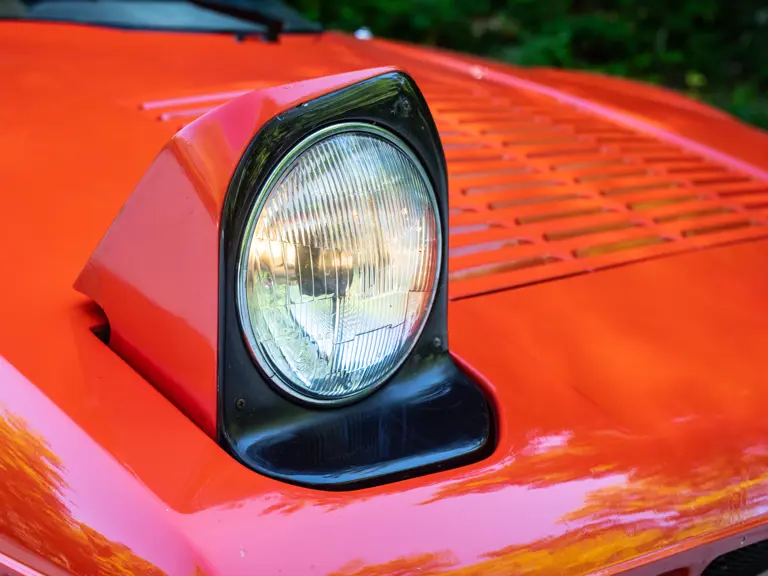
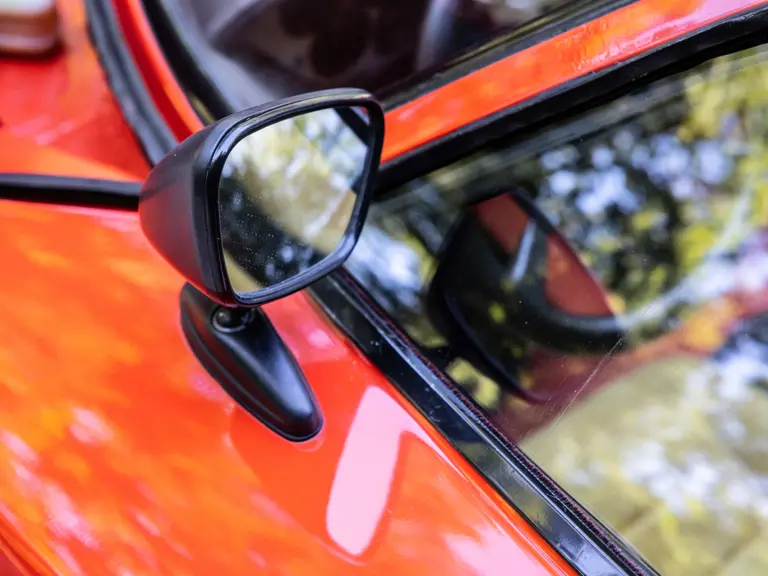
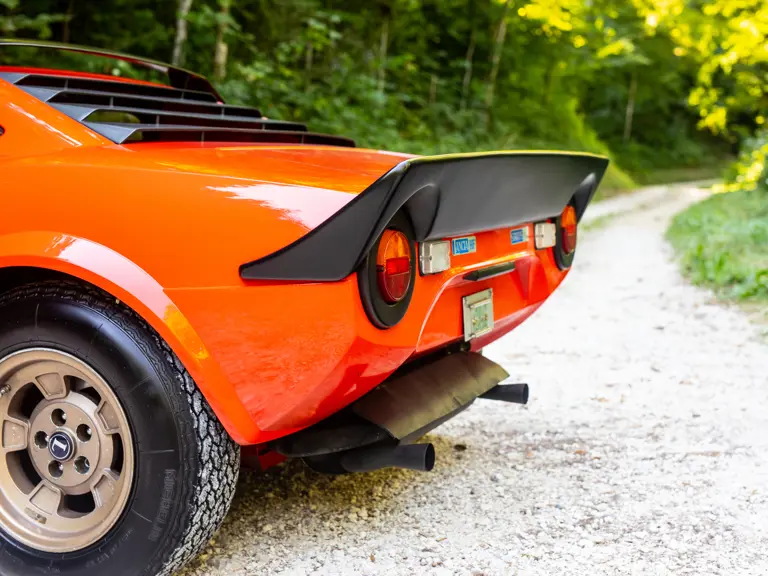
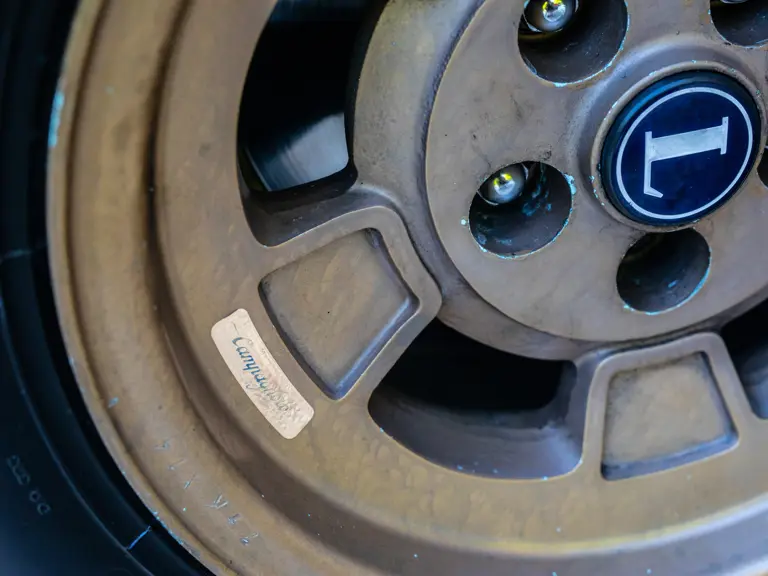
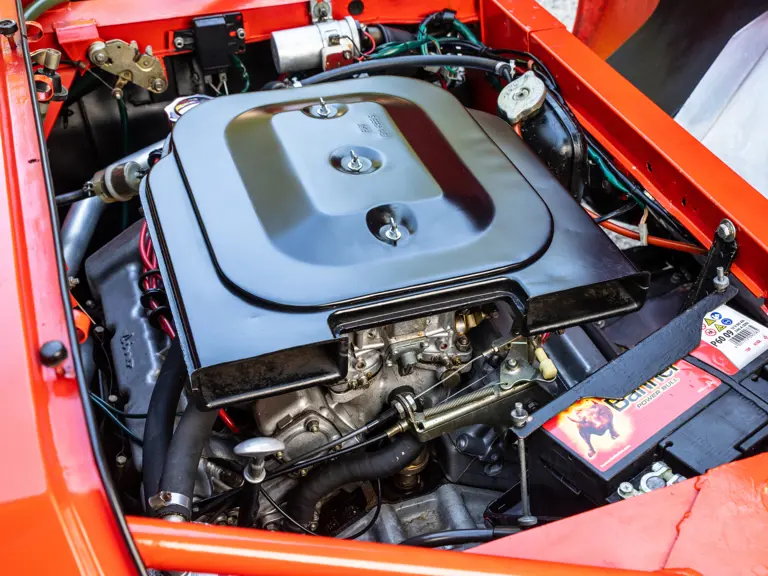
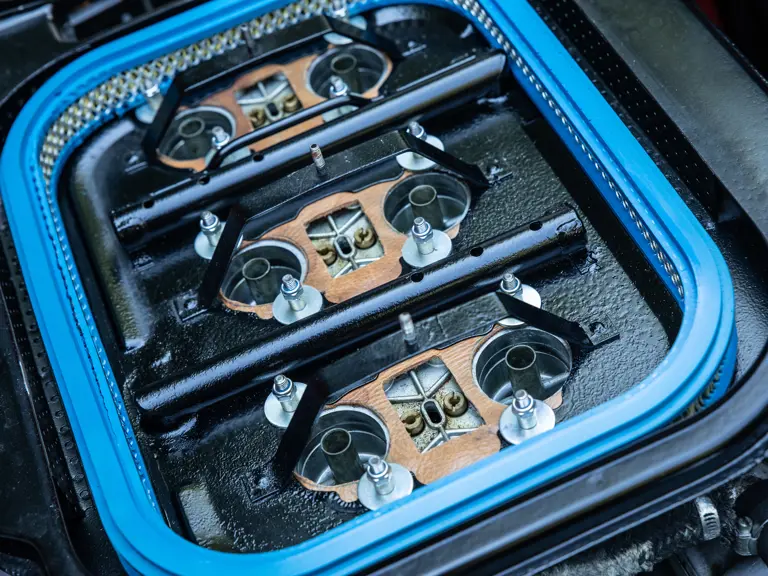
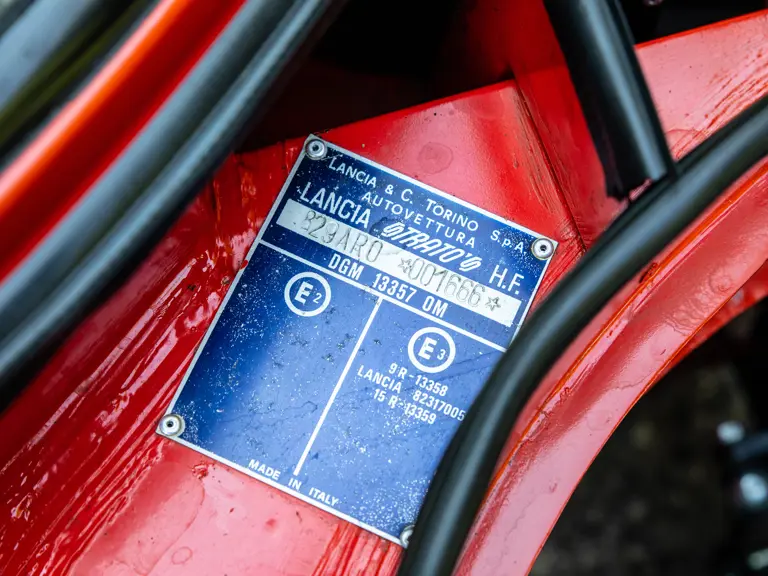
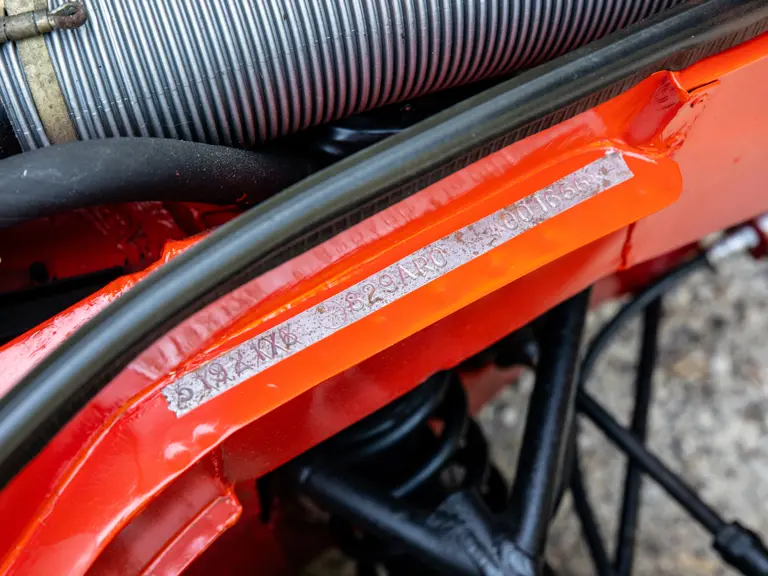
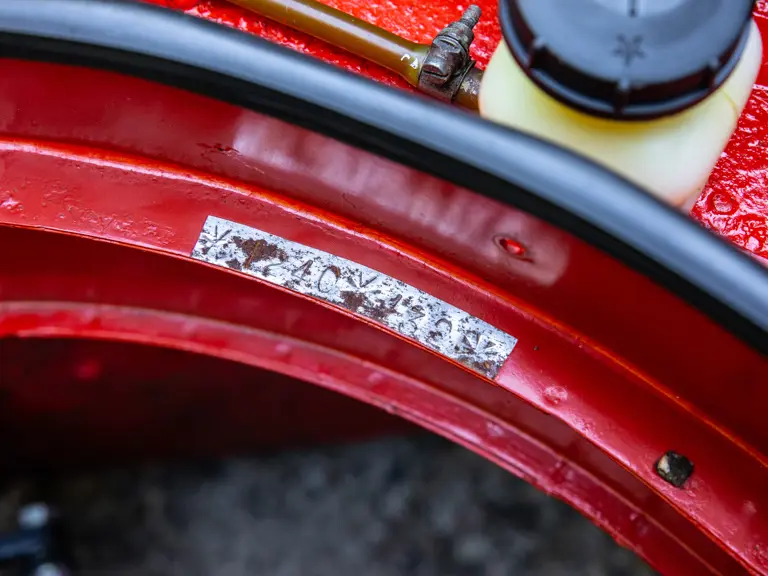
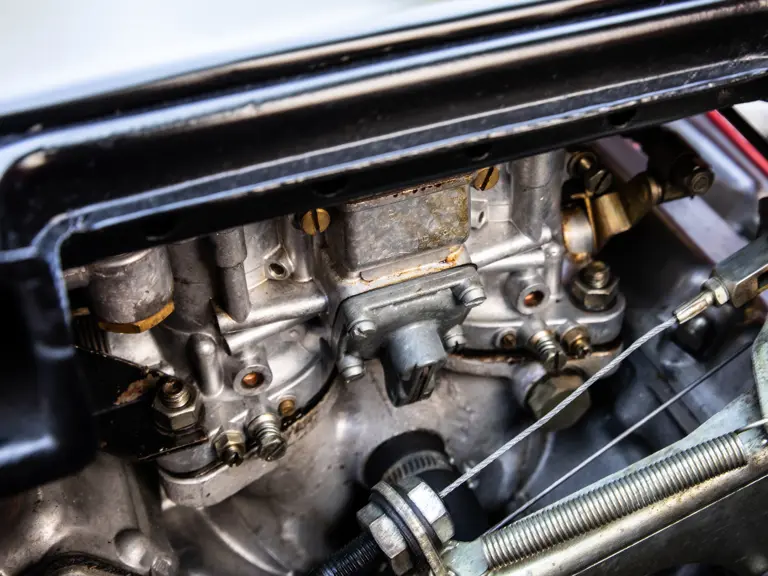
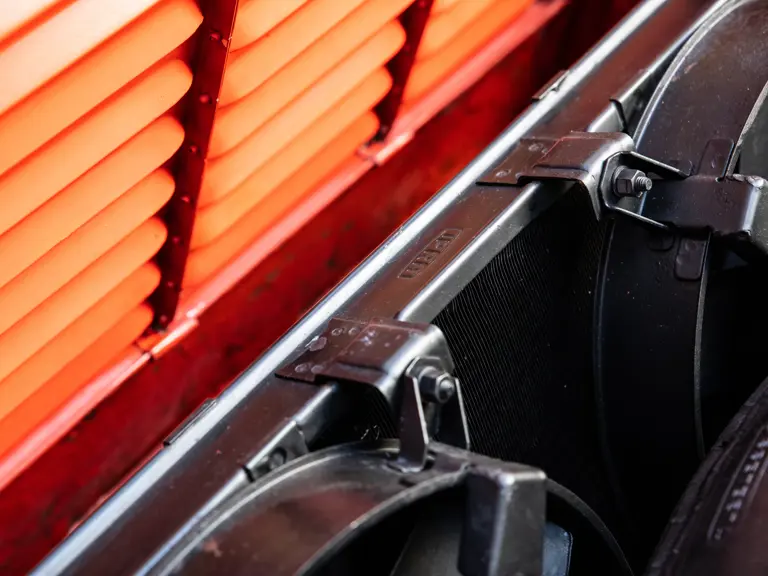
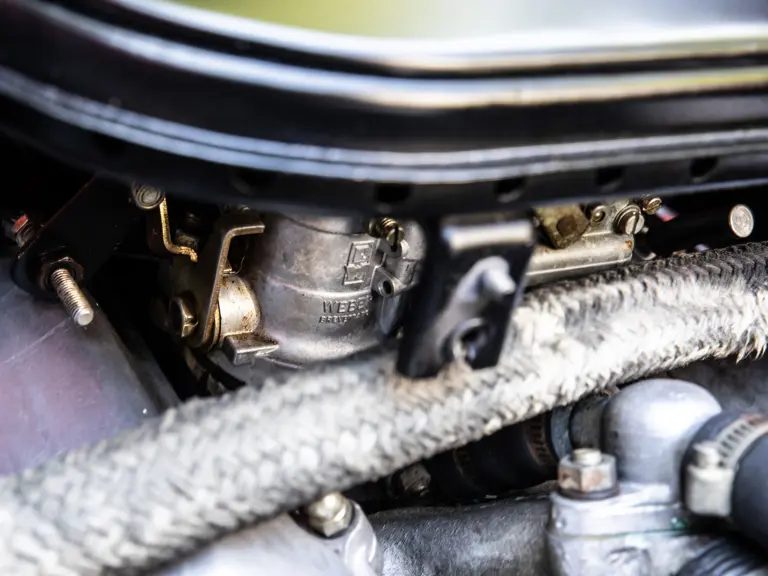
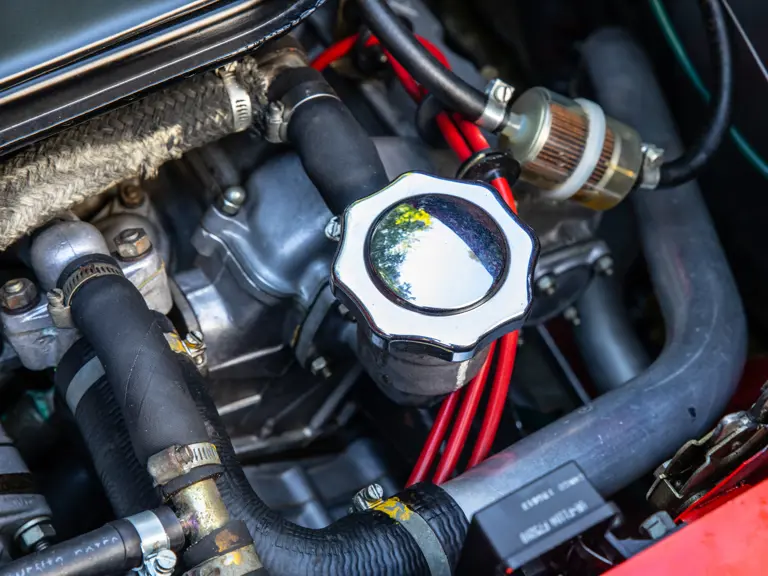

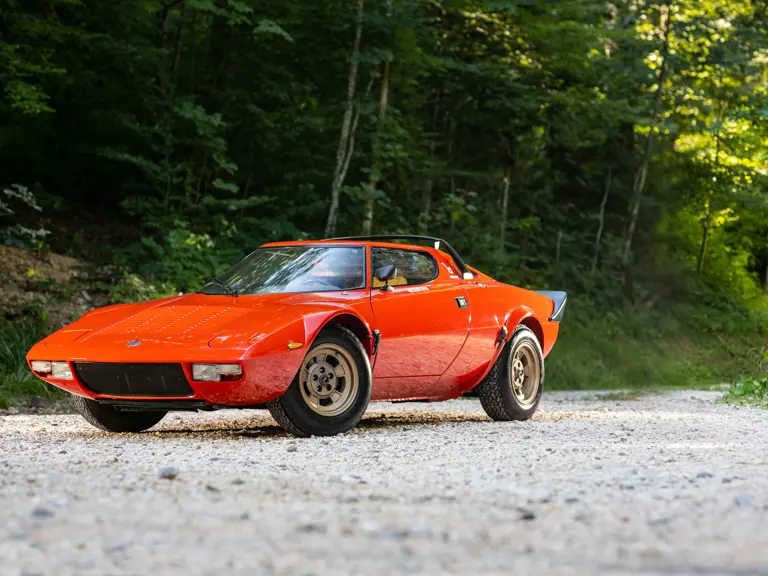

 | St. Moritz, Switzerland
| St. Moritz, Switzerland


